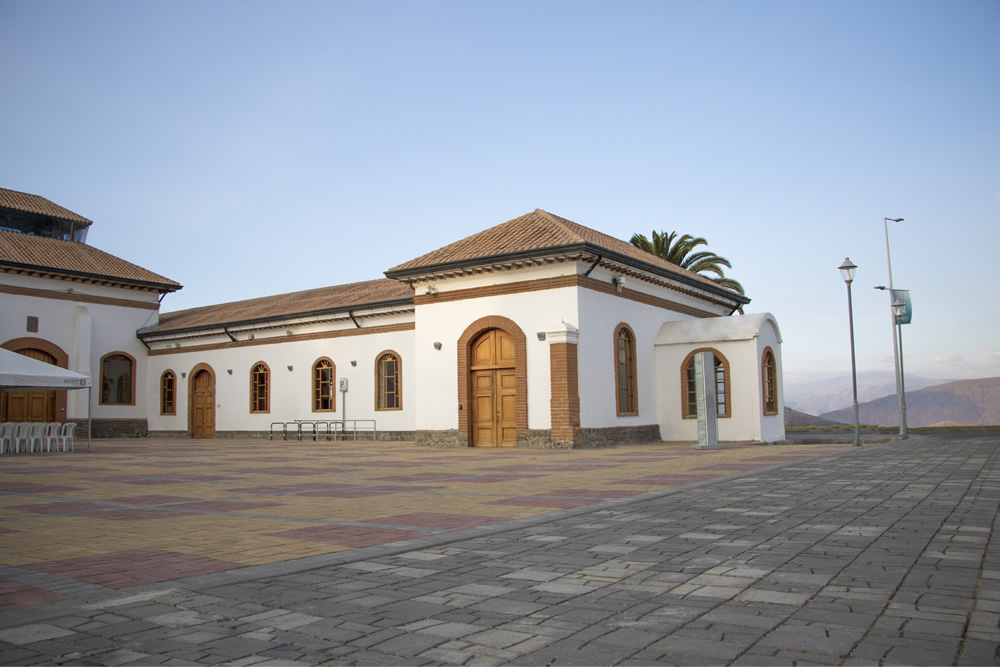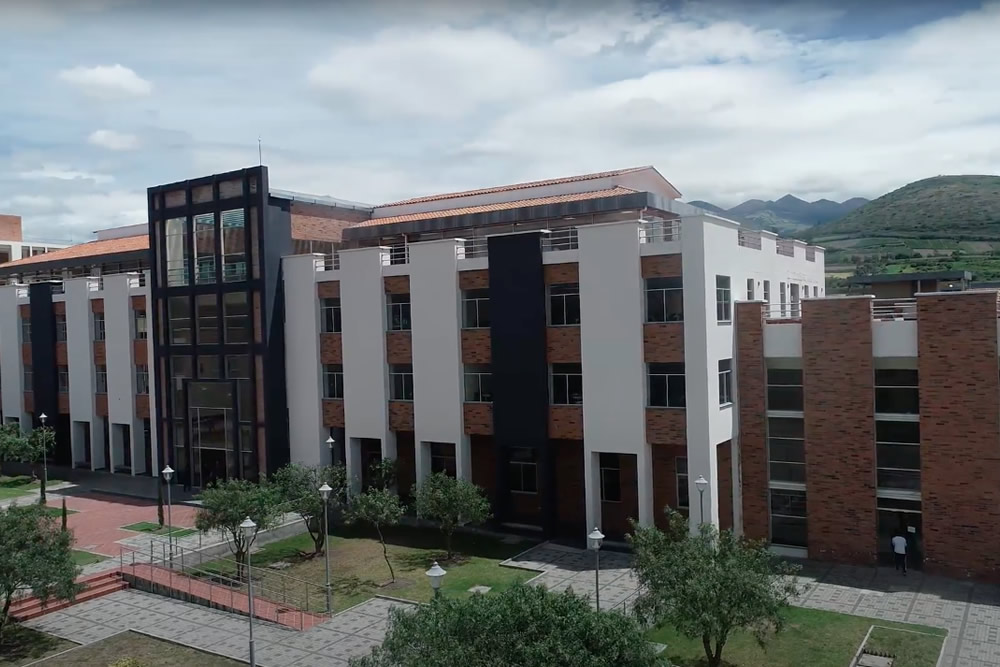Pyroclastic density currents and the sedimentation of ignimbrites / Michael J. Branney and Peter Kokelaar.
Tipo de material: TextoIdioma: Inglés Series Geological Society memoir ; No. 27 | Memoir (Geological Society of London) ; no. 27.Fecha de copyright: London : Geological Society, 2002Edición: First EditionDescripción: 143 pages : illustrations ; 31 cmISBN:
TextoIdioma: Inglés Series Geological Society memoir ; No. 27 | Memoir (Geological Society of London) ; no. 27.Fecha de copyright: London : Geological Society, 2002Edición: First EditionDescripción: 143 pages : illustrations ; 31 cmISBN: - 9781862391246
- 551.303 23
- QE462.I35 B73 2002
| Tipo de ítem | Biblioteca actual | Signatura | Copia número | Estado | Fecha de vencimiento | Código de barras | Reserva de ítems | |
|---|---|---|---|---|---|---|---|---|
 Colección general
Colección general
|
Biblioteca Yachay Tech | 551.303 B8216p 2002 (Navegar estantería(Abre debajo)) | Ej. 1 | Disponible | 005210 |
Includes bibliographical references (pages [127]-136) and index.
Chapter 1 Introduction and key concepts -- Chapter 2 The origin, nature and behaviour of pyroclastic density currents -- Chapter 3 Mechanisms of particle support and segregation -- Chapter 4 Conceptualizing deposition: a flow-boundary zone approach -- Chapter 5 Interpreting ignimbrite lithofacies -- Chapter 6 Ignimbrite architecture: constraints on current dynamics -- Chapter 7 Overview, key implications and future research -- Definitions of terms used.
Pyroclastic density currents are awesome volcanic phenomena that can wreak destruction on a regional scale, and can impact global climate. They deposit ignimbrites, which include vast landscape-modifying sheets with volumes exceeding 1000 km3. This book takes stock of our understanding of pyroclastic density currents, and presents a new conceptual framework for investigating how ignimbrites are deposited. It integrates the results of field-based studies, laboratory experiments and numerical modelling, including work on clastic sedimentology and industrial particle transport. Topics covered include the behaviour of particulate currents, mechanisms of clast support and segregation, interpreting ignimbrite lithofacies and architectures, and future research. The new approach focuses on processes and conditions within the lower flow-boundary zone of a current. Superb diagrams explain many new concepts, while the 95 photographs make an explanatory atlas of deposit types. This is essential reading for workers investigating volcanic hazards, and for anyone wishing to interpret modern or ancient ignimbrites, as well as other catastrophically emplaced sediments.
No hay comentarios en este titulo.




